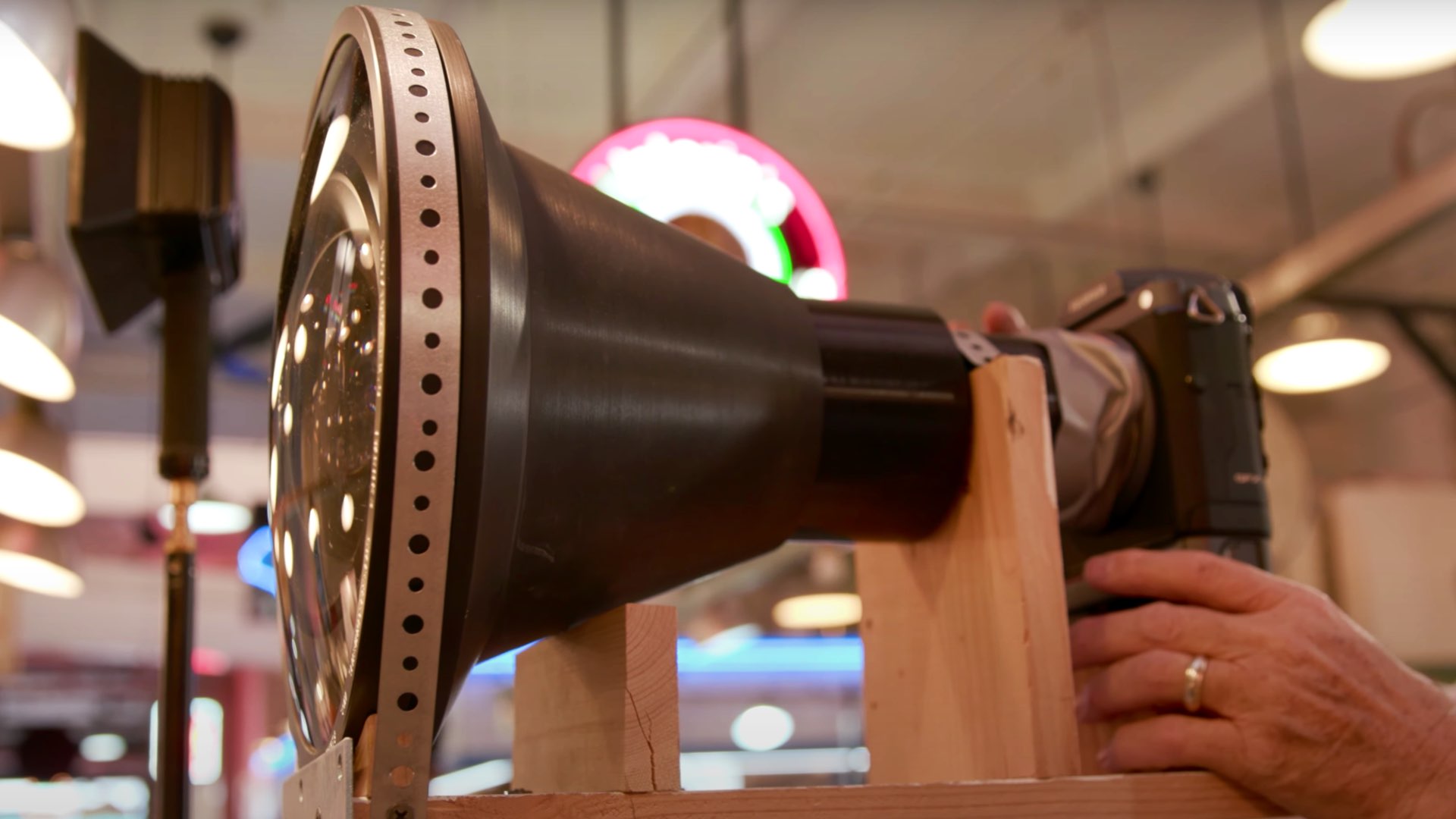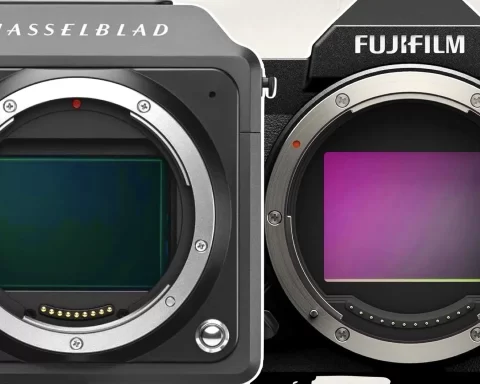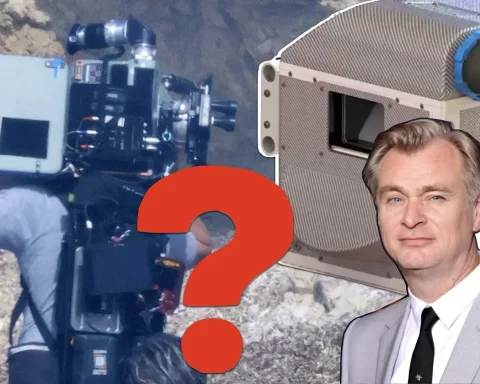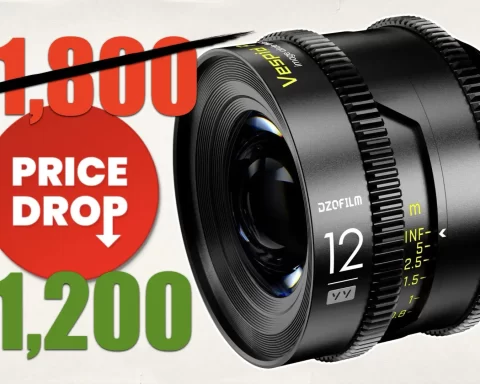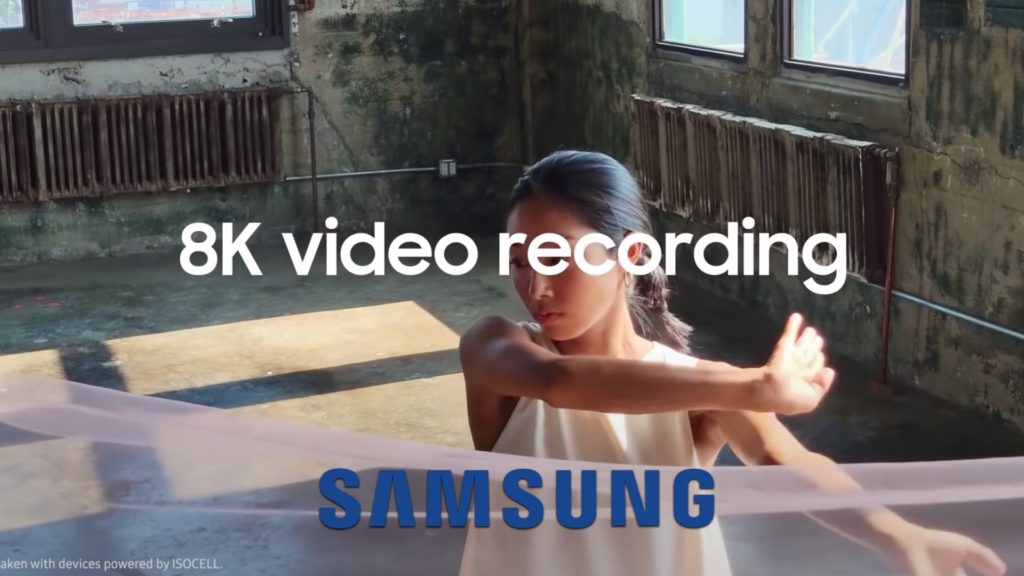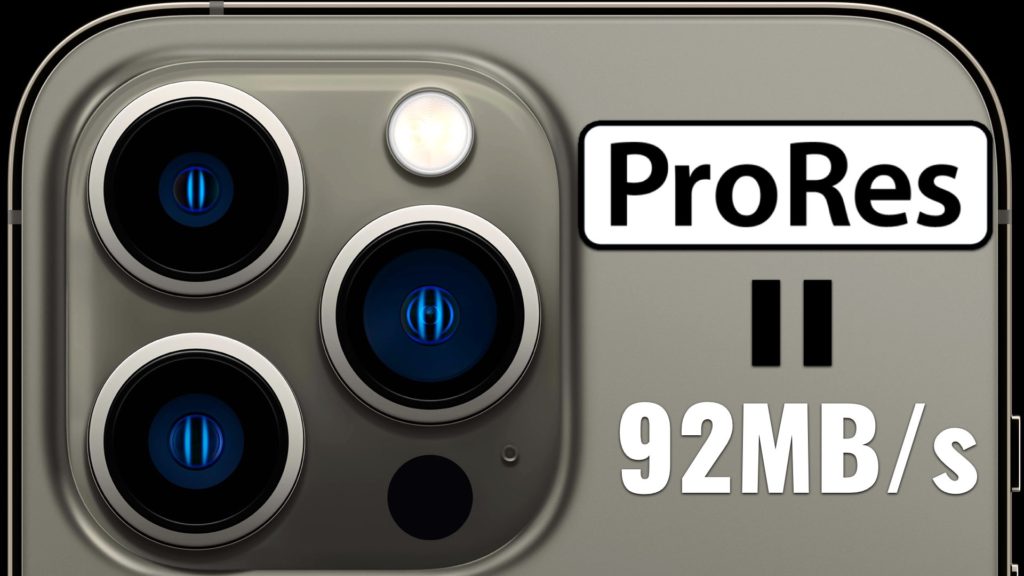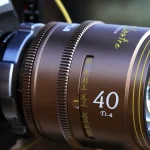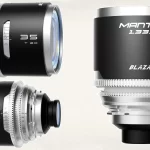Photographer Jay P. Morgan has made an ultra-cool and educational experiment. Morgan attached an IMAX theater projection lens (OMNIMAX) to a medium format camera (Fujifilm GFX 100). The results are super intriguing, by presenting 180° wide-angle shots with a shallow depth of field.
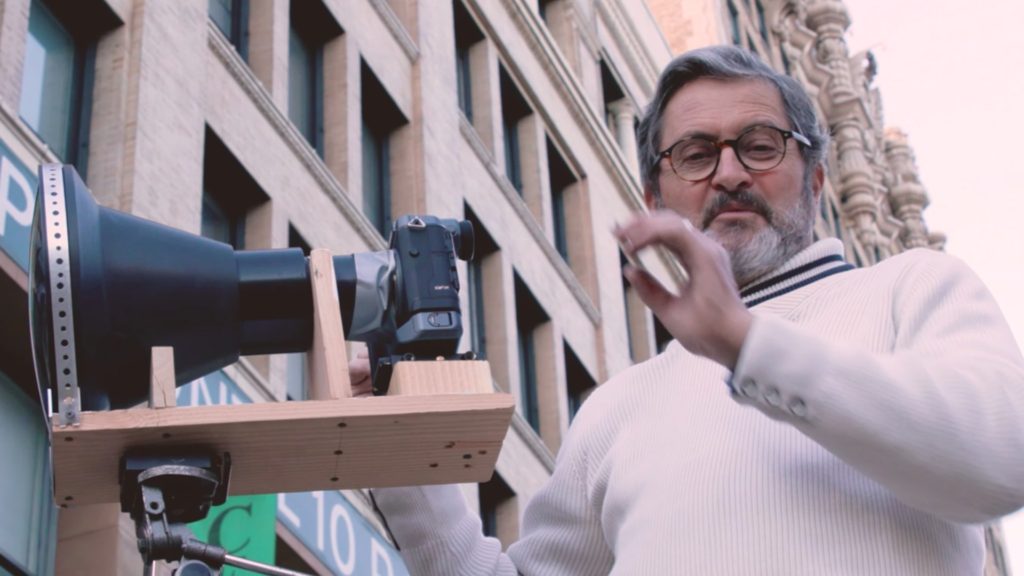
IMAX dome theater lens: OMNIMAX
The lens used for this experiment is the OMNIMAX dome theater Projection lens. This giant lens was made by Iwerks Entertainment, a company founded in 1985. While it is now known as SimEx-Iwerks, the company still produces high-tech entertainment systems, films, film software, and other entertainment devices. The OMNIMAX has originally been used to project large-format film such as 15 perf/70mm that uses an image area 10x larger than the standard 35mm format, on a dome. Omnimax premiered in 1973, showing Voyage to the Outer Planets (produced by Graphic Films) and Garden Isle (by Roger Tilton Films). IMAX has renamed the system “IMAX Dome”, but some theaters continue to call it “Omnimax”.
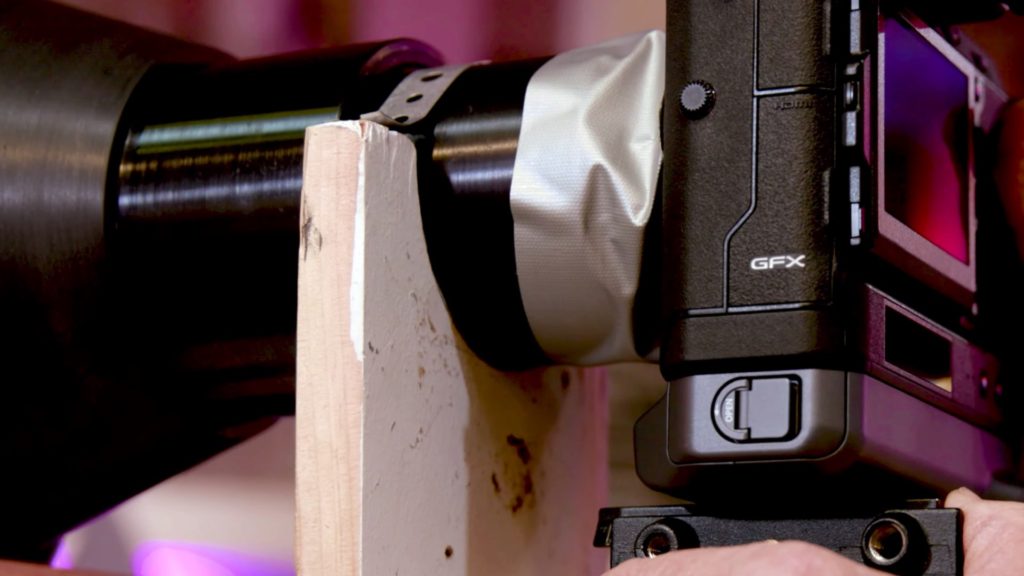
Dome projection
As explained, the IMAX image is projected onto a giant vertical screen which can be ten times the size of a conventional screen, as much as seven stories high. The counterpart OMNIMAX system presents an extraordinary experience when images are projected to fill 86% of the surrounding dome screen of a planetarium. Both IMAX and OMNIMAX projection systems use the largest film frame in motion picture history. The dome system, which the San Diego Hall of Science called “Omnimax”, uses films shot with a camera equipped with a fisheye lens that squeezes a highly-distorted anamorphic 180° field of view onto the 65 mm IMAX film.
IMAX:
- IMAX= 70mm, 15 perforations/frame
- 1.91″ x 2.74″ Area = 5.23 sq. in.
- 48.5mm x 69.6mm Area = 3376 sq. mm
OMNIMAX:
- OMNIMAX= 70mm, 15 perforations/frame
- 2.00″ x 2.74″ (Elliptical) Area = 4.30 sq. in.
- 50.8mm x 71.25mm (Elliptical) Area = 2775 sq. mm
Source of info: In70mm.
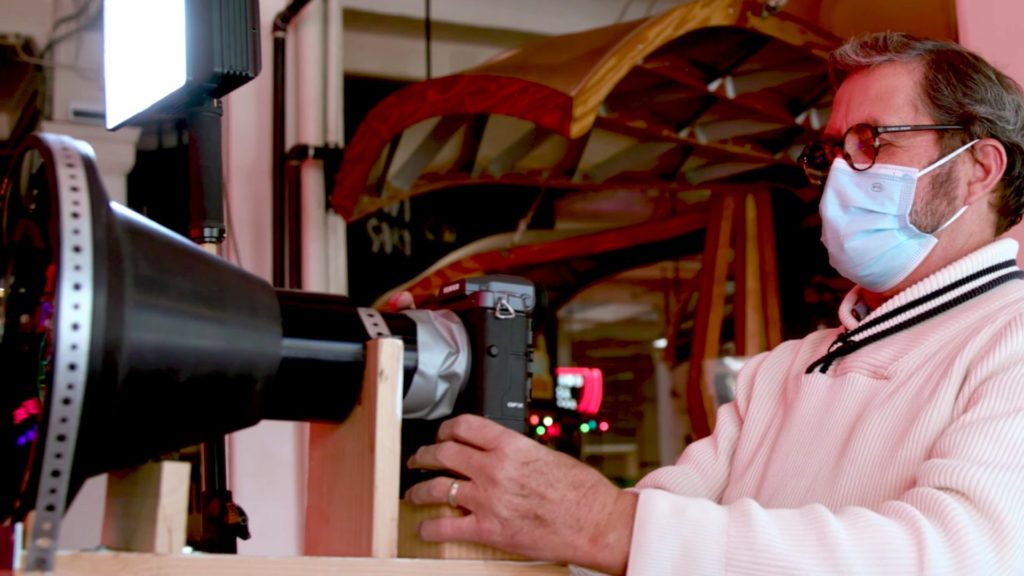
OMNIMAX on a large-format sensor
Veteran photographer Jay P. Morgan, took the OMNIMAX lens and paired it on a medium format sensor camera. In that case, the Fujifilm GFX 100. By the way, this lens is one of a kind and can’t be found. Morgan was lucky enough to buy it at a garage sale. The OMNIMAX paired on a large sensor produces ultra intriguing images. First of all, the medium format sensor covers the entire field of view which is 180°. Second, the object which is in the middle is in focus, and the background is blurred. Note that it’s a very fast lens (f2.0). However, keep in mind that this lens is made for projecting and not for taking pictures. Add to this the unique purpose of the lens (dome screening), which leads to fascinating wide-angle results.
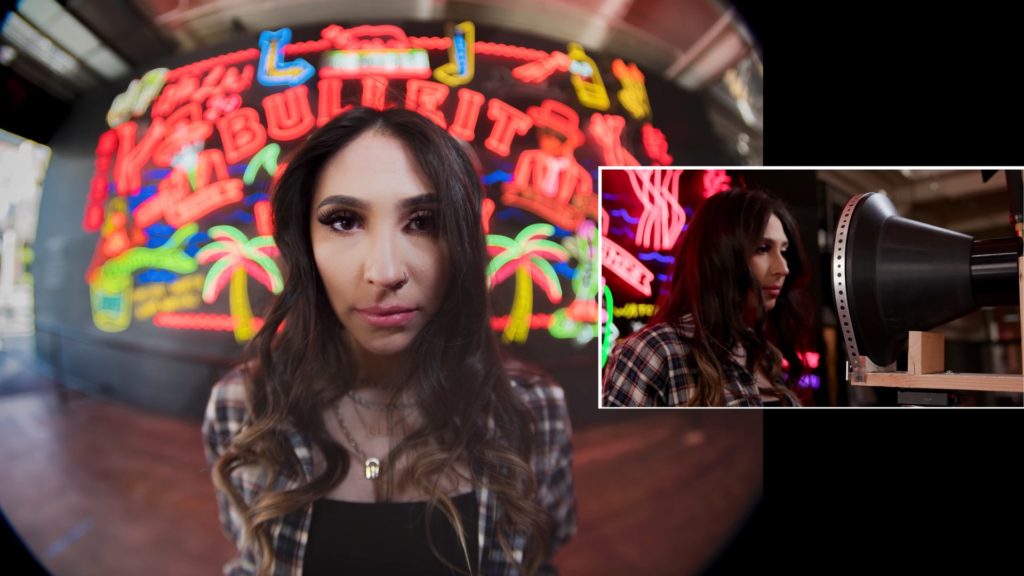
Explore Morgan’s fascinating experiment below:
Product List
Here’re the products mentioned in the article, and the links to purchase them from authorized dealers.
- FUJIFILM GFX 100 Medium Format Mirrorless Camera

